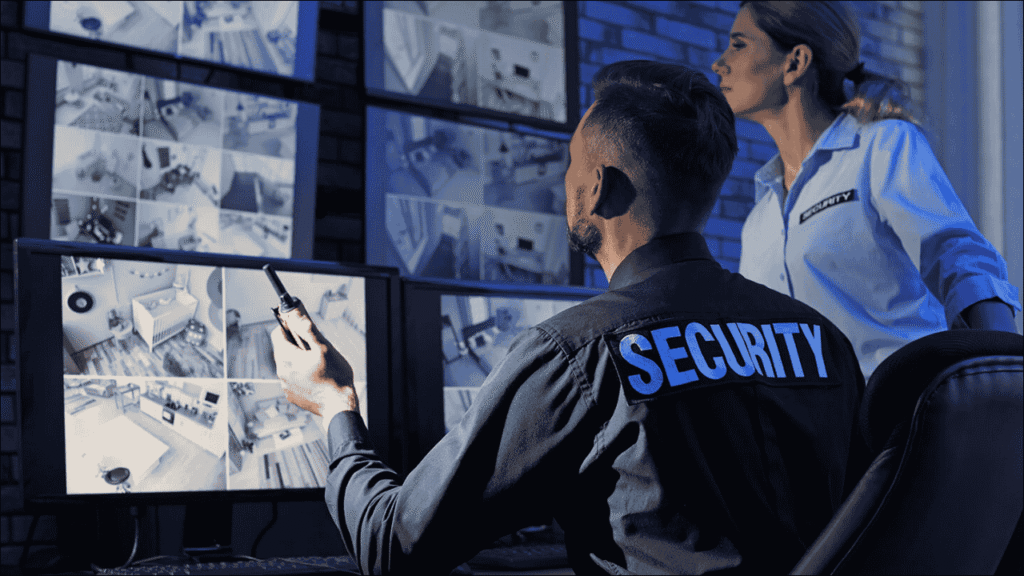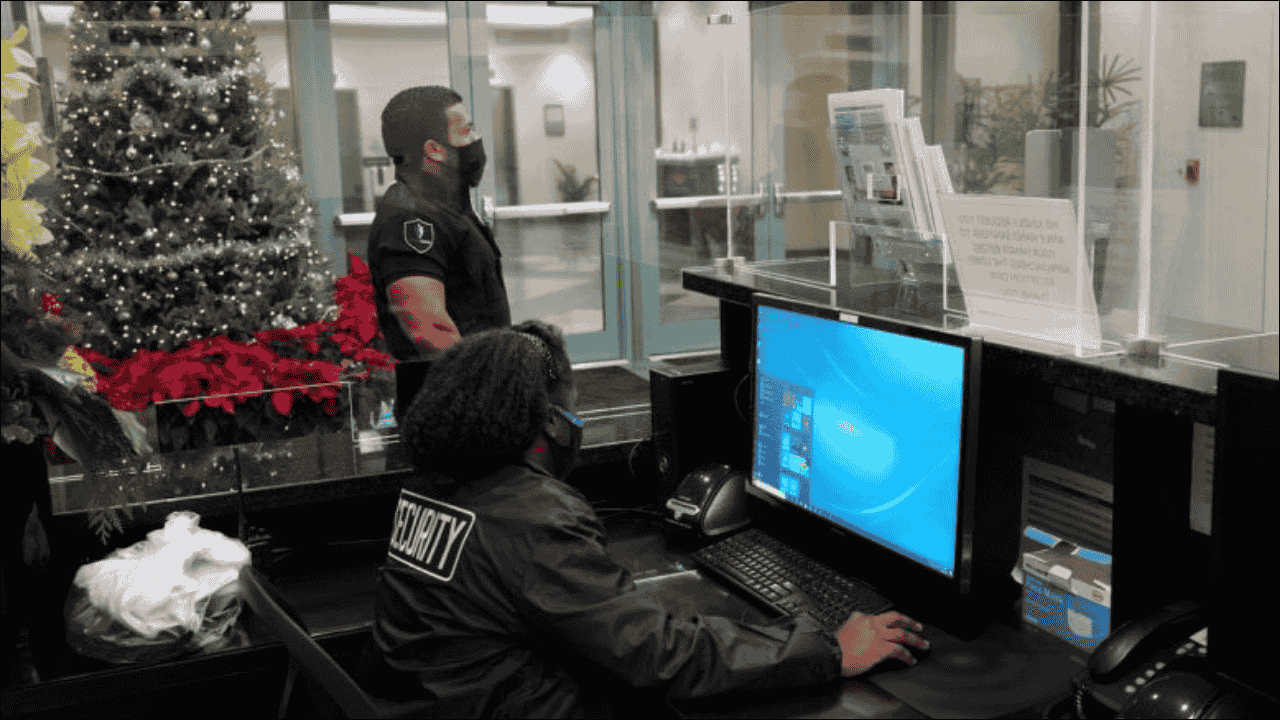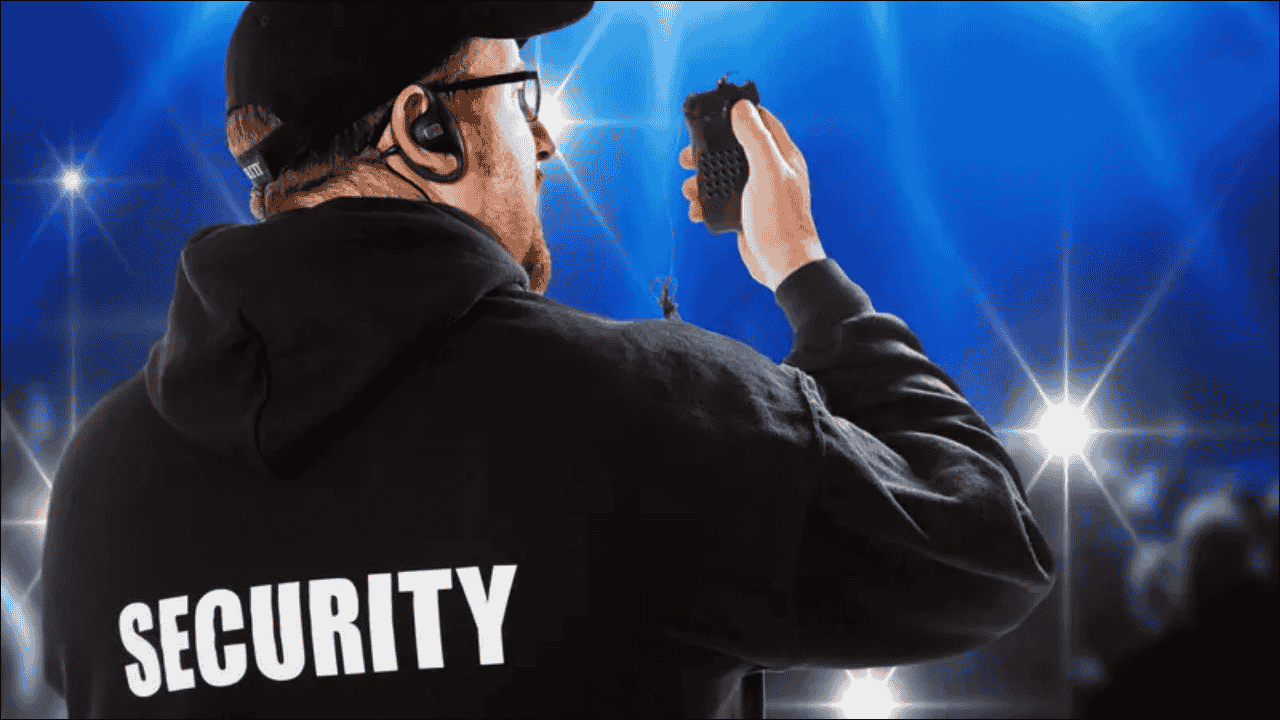
Private security has become more advanced with the help of new technologies. Modern security firms now use smart systems to protect people, property, and sensitive data. These technologies increase efficiency, reduce human errors, and respond faster to threats. This article explains the top technologies used in private security in simple English, showing how each one helps keep things safe.
Table of Contents
Importance of Technology in Private Security
- Faster Response – Smart systems alert security teams instantly.
- Lower Risk – Machines and software reduce the chance of human error.
- 24/7 Monitoring – Technology works day and night without breaks.
- Better Records – Digital tools store images, data, and actions for future use.
- Cost Effective – Automated systems save money in the long run.
Common Technologies Used in Private Security
1. CCTV and Smart Surveillance Cameras
- High-Definition Video – Clear images help identify faces and actions.
- Night Vision – Cameras work even in dark places.
- Motion Detection – Records only when movement is detected.
- Remote Access – Allows owners to check footage on phones or computers.
- Cloud Storage – Saves videos online for easy viewing and backup.
2. Biometric Access Control
- Fingerprint Scanners – Only registered people can enter secured areas.
- Facial Recognition – Cameras scan faces and match them with a database.
- Iris Scanning – Very accurate, used in high-security zones.
- Time Tracking – Records when staff enter and leave.
3. Alarm Systems
- Intrusion Alarms – Triggered when someone enters without permission.
- Panic Buttons – Used in emergencies to call for help.
- Silent Alarms – Alert authorities without informing the intruder.
- Smoke & Gas Detectors – Warn about fire or harmful gases.
4. Drones
- Aerial Surveillance – Covers large areas like campuses or warehouses.
- Live Streaming – Send real-time video to control rooms.
- Night Patrol – Equipped with thermal cameras for night use.
- Search & Rescue – Useful in large open areas or disasters.
5. GPS Tracking
- Vehicle Monitoring – Tracks the location of security vans or armored cars.
- Staff Tracking – Ensures guards are in the correct location.
- Asset Protection – Monitors valuable goods in transit.
- Geofencing – Sends alerts if tracked items leave a certain area.
Top Technologies
| Technology | Function |
|---|---|
| CCTV Cameras | Monitor activities and record video footage |
| Biometric Access Control | Grant or deny access using fingerprints or facial scans |
| Alarm Systems | Alert security teams in case of break-ins, fire, or panic situations |
| Drones | Conduct aerial surveillance and real-time video streaming |
| GPS Tracking | Track people, vehicles, and goods using satellite technology |
| Artificial Intelligence | Analyze data to detect threats and abnormal behavior |
| Mobile Apps | Allow users and guards to communicate and monitor via smartphones |
| RFID Technology | Tag and track items or people using radio signals |
| Cybersecurity Tools | Protect data from hackers or cyber threats |
| Robotic Guards | Patrol areas automatically and report suspicious activity |
6. Artificial Intelligence (AI) and Machine Learning
- Threat Detection – AI scans video for unusual actions like running or fighting.
- Facial Recognition – Matches faces to criminal databases.
- Behavior Analysis – Learns patterns and identifies risky behavior.
- Automatic Alerts – Sends warnings to security staff when problems occur.
7. Mobile-Based Security Apps
- Two-Way Communication – Guards and managers stay connected at all times.
- Instant Alerts – Push notifications for emergencies.
- Daily Reports – Guards can file reports using their phones.
- Geo-Tagging – Adds location data to each report.
8. RFID (Radio-Frequency Identification)
- Asset Management – Items like laptops or tools are tagged and tracked.
- Access Control – Staff swipe RFID cards to enter rooms.
- Attendance Logs – Records who enter and exit areas.
- Inventory Checks – Speeds up the stock-taking process.
9. Cybersecurity Tools for Data Protection
- Firewalls – Block unauthorized access to networks.
- Encryption Software – Keeps files safe from hackers.
- Data Backups – Saves copies in secure storage to prevent loss.
- Security Audits – Regular checks to ensure all systems are safe.
10. Robotic Guards and Automation
- Unmanned Patrols – Robots patrol without human help.
- 360-Degree Cameras – Capture everything around the robot.
- Obstacle Detection – Avoid crashing into people or objects.
- Voice Commands – Can talk to intruders and send alerts.
Comparison of Traditional vs Modern Security
| Aspect | Traditional Security | Modern Security |
|---|---|---|
| Surveillance | Manual watch by guards | CCTV, drones, AI-based monitoring |
| Communication | Walkie-talkies or landline phones | Smartphones, apps, and real-time alerts |
| Access Control | Keys or ID cards | Biometrics, RFID, and facial recognition |
| Response Time | Delayed due to human limits | Instant alerts and faster reaction through AI |
| Coverage | Limited to guard’s vision | Complete area coverage using tech and automation |
How Security Technology Helps Businesses
- Office Buildings – Use facial recognition and CCTV to protect staff.
- Banks and ATMs – Use AI, alarms, and armored vehicle tracking.
- Warehouses – Use drones and RFID to stop theft and track goods.
- Events and Stadiums – Use drones, biometric checks, and crowd analysis tools.
- Schools and Colleges – Use panic buttons, door alarms, and camera surveillance.
Future Trends in Security Technology
- Smart Wearables – Security staff may wear body cams and sensors.
- Voice Recognition – Used in place of passwords or access cards.
- Cloud-Based Control Rooms – Everything is managed remotely through the internet.
- Autonomous Robots – Robots that patrol without any help.
- Advanced AI Systems – Machines that predict crimes before they happen using data.
Parting Insights
Modern private security depends strongly on advanced technology. Tools like CCTV, drones, AI, and biometric systems make safety more effective and smarter. These systems are changing how companies and individuals protect their spaces. As threats grow and change, security technologies will continue to evolve and become even more powerful.





